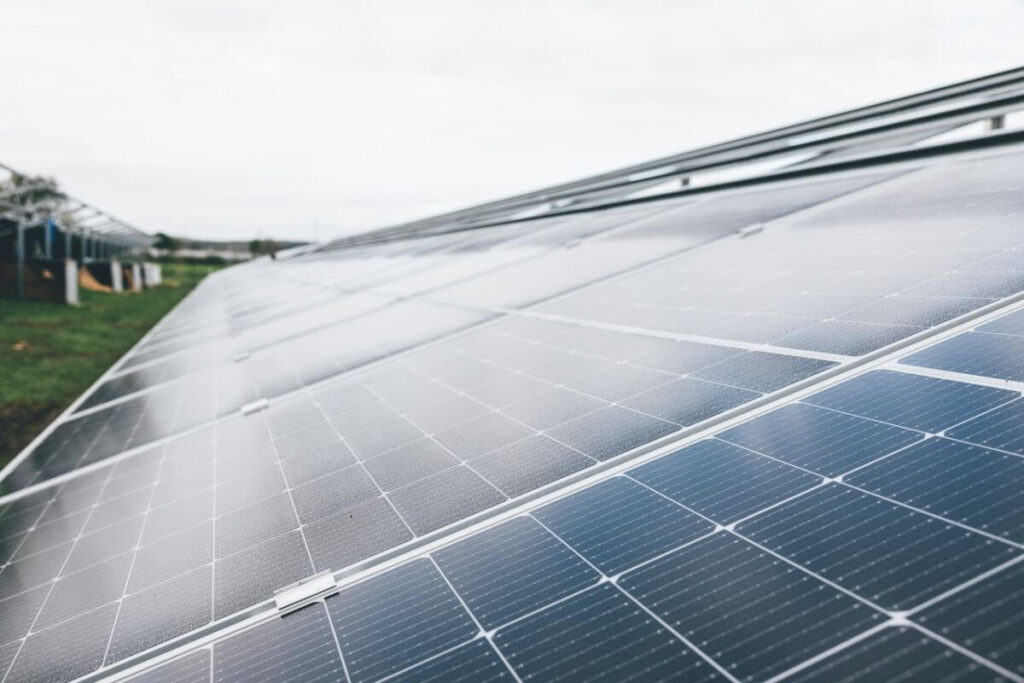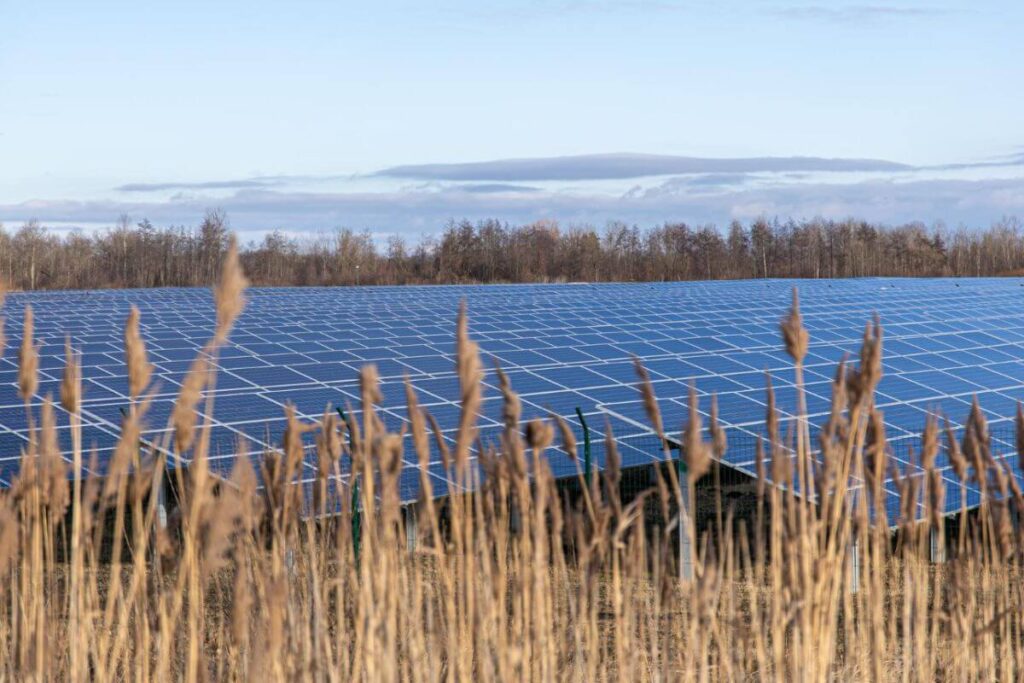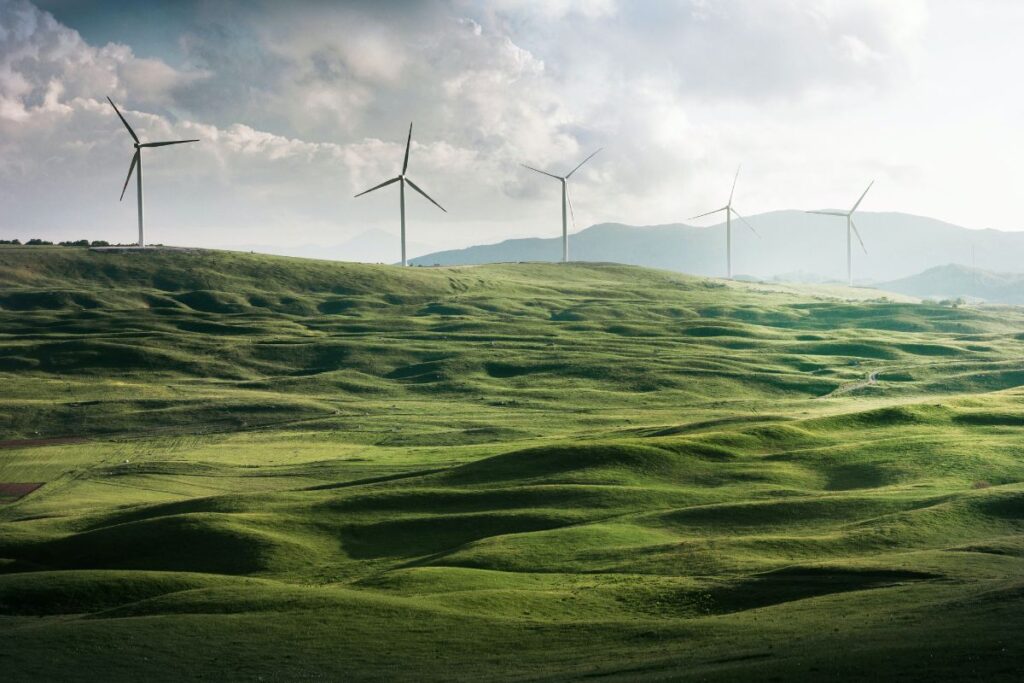Nowadays, in every household there are more and more appliances requiring regular access to electricity. Not surprisingly, electricity consumption can be really high so the bills are high as well. Wondering how to save electricity? Check it out right now!
- Don’t forget to switch off the lights – it’s an absolute must! If you get used to this, you save a lot of electricity.
- Unplug unused appliances – even when not in use, unused appliances consume electricity.
- Replace light bulbs with energy-efficient ones – you can save up to 80% of energy.
- Lower the temperature in your home – you won’t feel a 1° drop in temperature and you can easily save up to 5% of your energy bill.
- Fill your washing machine to the brim – it’s a simple process that can make a really big difference if used regularly. The same goes for your dishwasher or other similar appliances.
- Choose solar lighting for your garden – it will save you a truly staggering amount of energy.
- Save energy when preparing food – cooking with the lid on will speed up food preparation and reduce energy consumption. Remember not to open the oven door while cooking, as the temperature inside will drop and more electricity will be needed to restore it. Not many people know about these simple steps but it turns out they can help save up to 30% of the energy needed!
- Replace old appliances with energy-efficient ones – most old appliances use a lot of electricity. If possible, consider replacing them with appliances that save energy.
- Use eco-mode – if possible, use energy saving/environmental mode on your appliances.
- Invest in photovoltaics! – A great way to save energy is to install photovoltaic panels, which allow you to generate your own electricity and save on your ever-increasing electricity bills.
Saving energy is very important and has many benefits so put the above methods into practice.
Everyone will benefit!

























